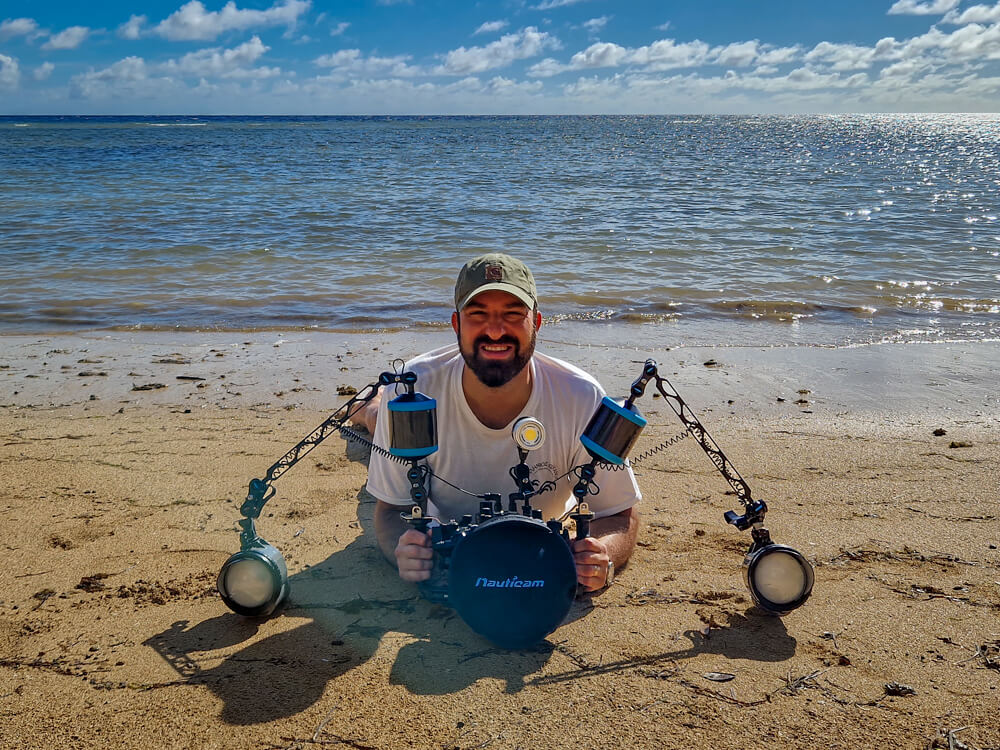Pavlos Evangelidis established Wantok Photography (wantok.photos) in May 2017 in Honiara, Solomon Islands. “Wantok” is a Melanesian pidgin word derived from the English “one talk”. In the local culture, it refers to close friendship based on a common language. As our world gets increasingly inter-connected, we feel photography is the universal language, our wantok.
Pavlos Evangelidis was born in Athens, Greece and grew up partly in Brussels, Belgium, where he finished the Lycée Français Jean Monnet before graduating with Honours in Civil Engineering at Imperial College, London, UK. He has been working in development aid and international cooperation at the European Commission first in Brussels, then Fiji and the South Pacific region, Solomon Islands & Vanuatu, Uganda and currently Benin. He married Zeenal in Fiji in 2014.
Pavlos became interested in photography slowly, first learning about underwater photography and gradually working in nature, wildlife and travel photography. Along the way, Pavlos has won a number of photography awards and has been published by several print and online outlets.
Pavlos & Zeenal established Wantok Photography to promote environmental conservation and help preserve the beauty of our natural capital from the challenges of climate change and human activity. This is a non-profit effort; any profits, including from international prizes or sales are directed to selected charities working for this cause
